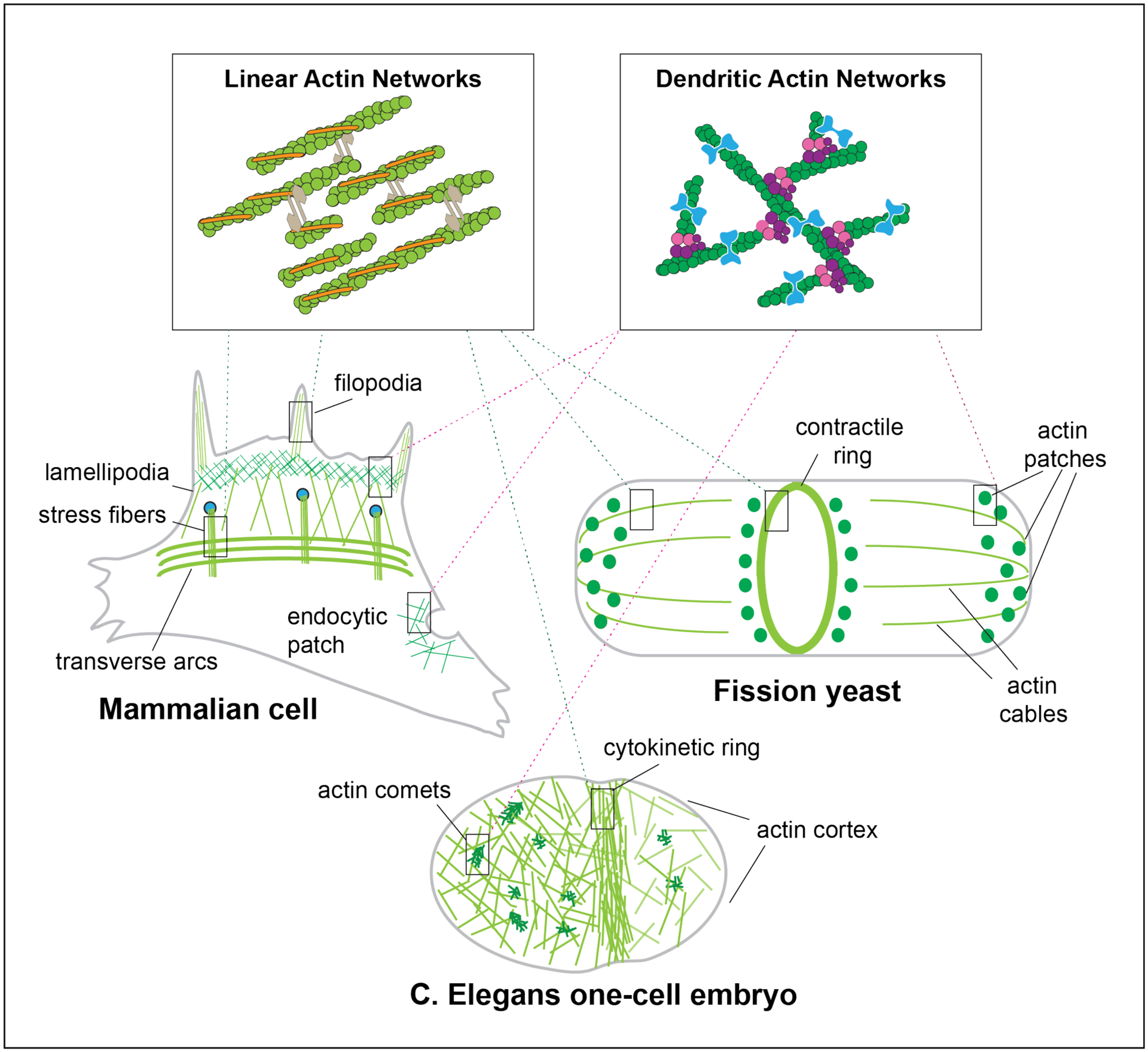Figure 1. Diverse F-Actin Networks in Animal and Fission Yeast Cells:

Distinct cell types assemble dendritic and linear F-actin networks for distinct fundamental processes. Animal cells have many F-actin networks, with linear networks found in filopodia and stress fibers and branched networks in lamellipodia and endocytic patches. Yeast have three prominent networks, with linear actin filaments making up polarizing actin cables and the cytokinetic contractile ring, and arborized networks composing the endocytic actin patches. Similarly, the early C. Elegans one-cell embryo has linear filaments that make up the cytokinetic ring, as well as both linear and branched F-actin networks at the cell cortex. Furthermore, actin comets are likely made of branched actin networks.
